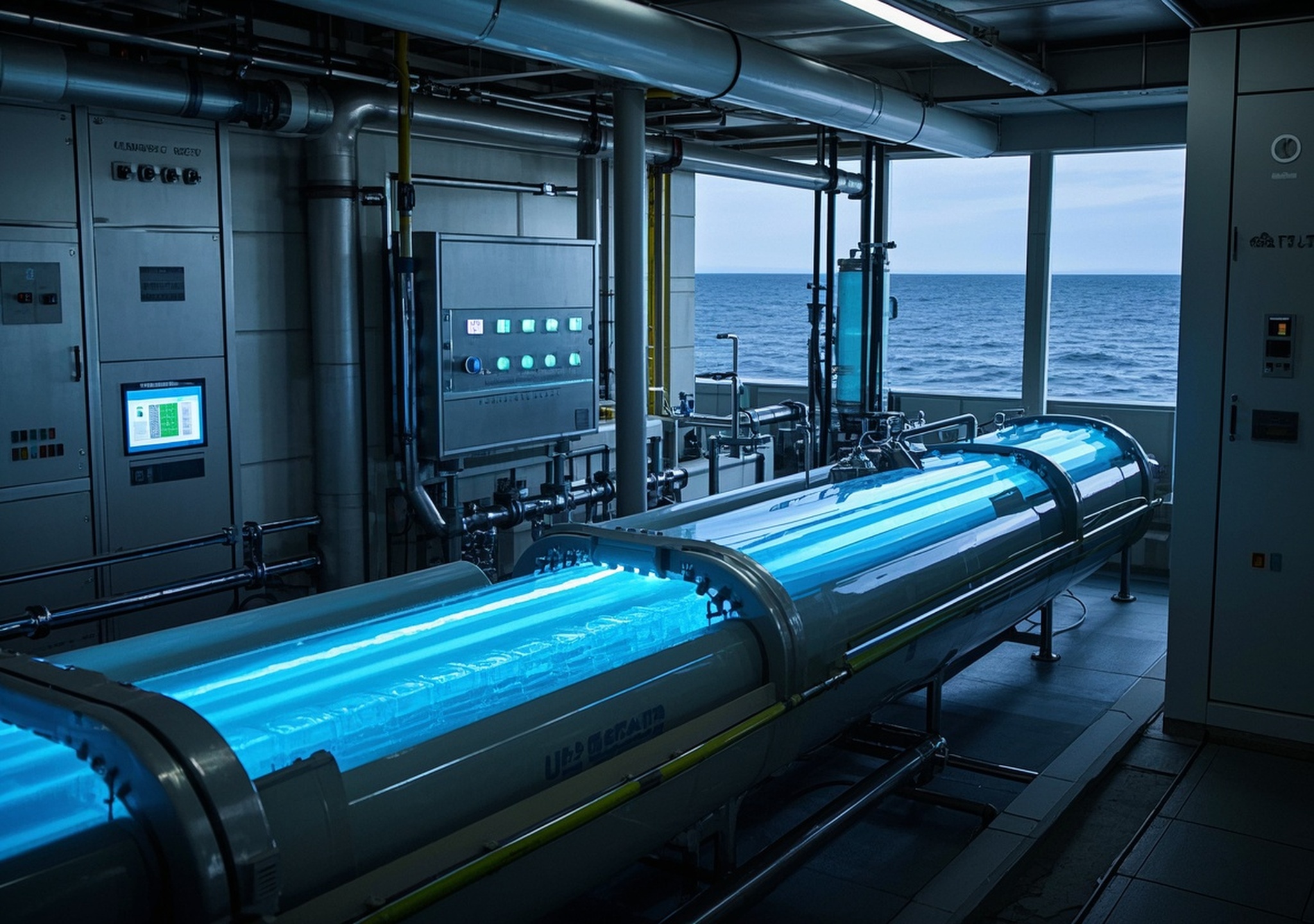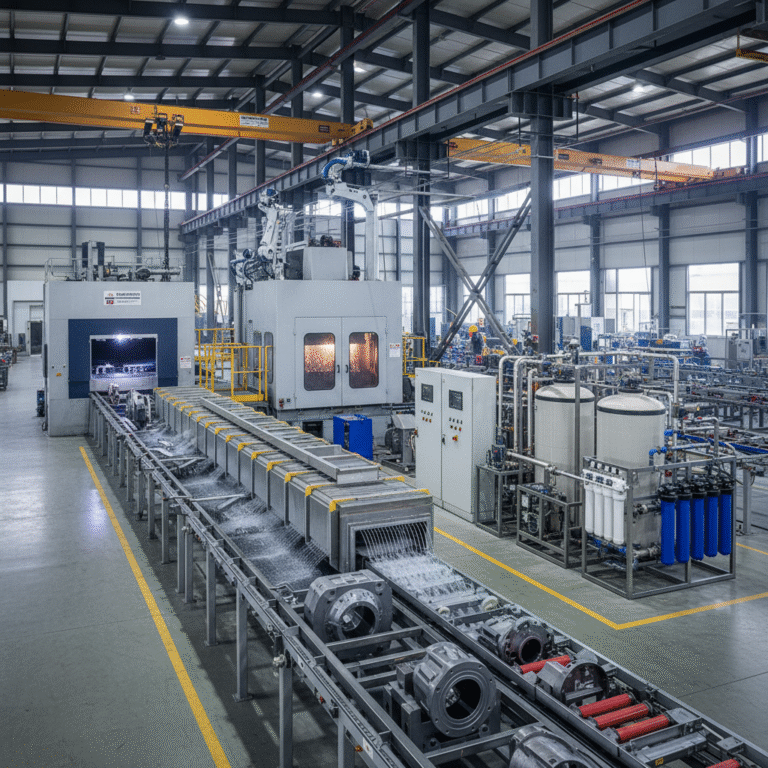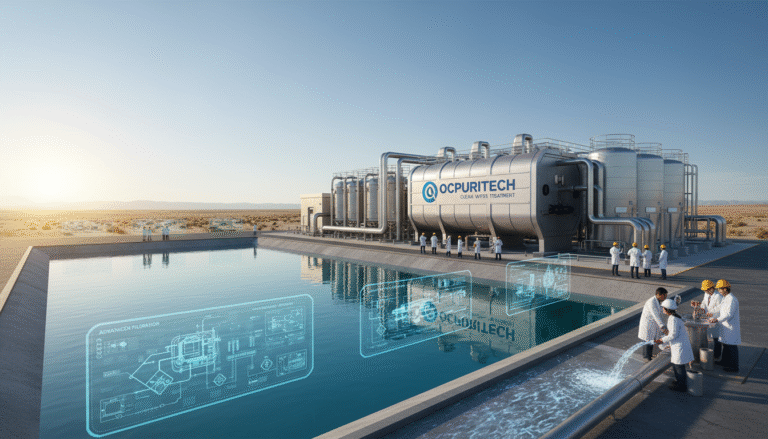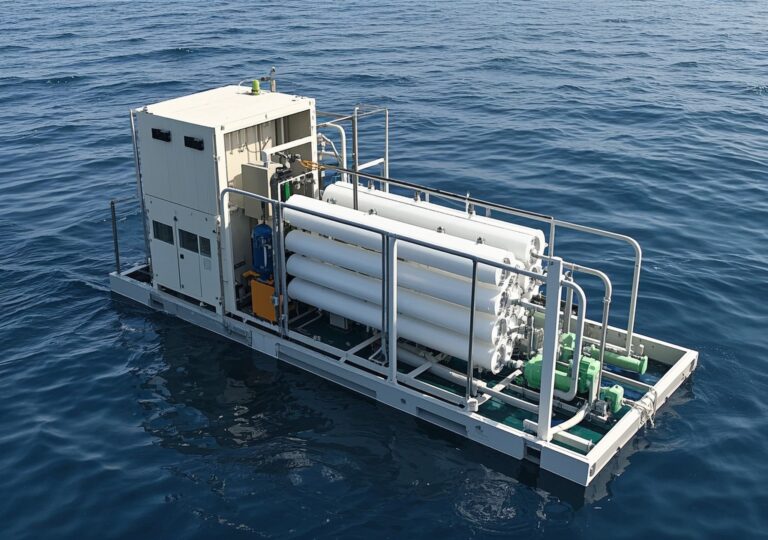Bold Moves with uv light for water treatment in Modern Desalination Systems

Bold Moves with uv light for water treatment in Modern Desalination Systems
1. Introduction: Industry Context and Expertise in Water Treatment Technologies
Addressing the escalating global challenge of water scarcity requires cutting-edge solutions that ensure safe, sustainable, and efficient water purification. Among various technologies, uv light for water treatment stands out for its proven efficacy in microbial disinfection without chemical additives. Companies specializing in advanced water treatment systems leverage UV technology as a core component in both industrial-scale and marine desalination solutions, ensuring compliance, operational reliability, and high water quality standards.
2. Product Overview: Types and Technical Principles of UV Water Treatment Systems
Modern water treatment systems utilizing uv light for water treatment encompass diverse configurations:
- Point-of-Use (POU) and Point-of-Entry (POE) Systems: Designed according to NSF/ANSI 55-2024 standards, these systems are categorized into Class A and Class B variants. Class A delivers a minimum UV dose of 40 mJ/cm², aimed at comprehensive pathogen inactivation including bacteria, viruses, and protozoa like Cryptosporidium and Giardia. Class B provides supplemental disinfection with a dose of at least 16 mJ/cm², targeted at nuisance microorganisms in already potable water.
- Industrial-Grade UV Reactors: These integrated units accommodate high flow rates typical in desalination pre-treatment, wastewater reuse, and large municipal water supplies, ensuring continuous microbial inactivation.
- Containerized Modular Systems: Compact, scalable units tailored for marine vessels, offshore platforms, and remote sites facing harsh environmental conditions.
The operation principle centers on exposing water to germicidal UV wavelengths (200-280 nm), disrupting microbial DNA and preventing reproduction, thereby ensuring pathogen-free output water.
3. Application Focus: UV Light in Seawater Desalination Systems
In desalination plants, where seawater is converted into potable water, integrating uv light for water treatment enhances microbiological safety post- or pre- reverse osmosis (RO) membranes. UV lamps serve as an effective barrier against chlorine-resistant pathogens without increasing chemical load.
Key performance parameters such as UV dose, water ultraviolet transmittance (UVT), flow rate, and sensor-based real-time performance monitoring define operational success. UV technology offers advantages including zero formation of disinfection by-products, low energy consumption relative to chemical disinfection, and ease of automation.
Based on my direct involvement in a coastal desalination project, implementing a Class A UV system post-RO resulted in a 99.99% microbial inactivation rate verified by onsite microbial assays, while simultaneously reducing chemical residues, thus preserving desalinated water quality and taste.
4. Global Water Resource Challenges & Strategic Role of UV-Enabled Desalination
The world faces an acute freshwater shortage aggravated by population growth, industrial demand, contamination, and climate change. Over 2 billion people live in water-stressed regions, necessitating alternative water sources such as seawater desalination.
UV-based disinfection is critical within desalination plants to meet stringent water quality standards and public health regulations globally. Its chemical-free approach aligns with increasing environmental awareness and legislation mandating reduced chemical discharges. Moreover, advanced UV technologies enhance reliability and reduce operational costs, encouraging broader adoption in emerging economies where infrastructure investment is rapidly evolving.
5. Technological Innovations: Energy Efficiency and Enhanced System Design
Recent developments have dramatically improved UV system performance and operational economics:
- UV LED Technology: The advent of UV LEDs enables longer service life, instant on/off functionality, and flexible system design. These LEDs operate efficiently at germicidal wavelengths, reducing energy consumption by up to 30% compared to traditional mercury vapor lamps.
- Intelligent Monitoring Systems: IoT-enabled UV sensors continuously measure UV intensity, flow, and water quality parameters, triggering alarms or automatic dose adjustments when performance dips below critical thresholds.
- Hydrodynamic Reactor Designs: Optimized chamber configurations ensure uniform UV exposure and maximize disinfection efficiency even in turbid seawater typical of desalination feed streams.
For example, in a pilot trial on an offshore desalination platform, integrating UV LED modules cut annual energy consumption by 25%, while enhancing microbial control fidelity, illustrating a significant operational cost advantage.
6. Scientific Principles Underpinning Desalination Water Treatment
Seawater desalination typically involves multiple critical stages:
- Pre-treatment: Removal of suspended solids and contaminants via filtration and coagulation to protect RO membranes and improve UV transmittance.
- Reverse Osmosis: High-pressure membrane filtration that removes salts and dissolved impurities.
- Post UV Disinfection: Application of uv light for water treatment to inactivate residual viruses, bacteria, and protozoan cysts that may have bypassed membrane filtration.
- Antiscalant and Remineralization: Conditioning treated water to meet drinking water standards.
The efficiency of UV disinfection hinges on water clarity measured as UV transmittance (UVT). If turbidity is high, pre-filtration is essential; otherwise, UV dosage must be increased to ensure adequate pathogen inactivation.
7. Extended Applications: Versatility in Challenging Environments
Beyond stationary plants, UV water treatment systems have proven adaptability in diverse scenarios:
- Yachts and Recreational Vessels: Compact UV units provide instant microbial safety for onboard freshwater systems.
- Offshore Platforms & Remote Installations: Ruggedized containerized UV treatment plants ensure compliance with maritime and environmental regulations while maintaining low footprint and ease of maintenance under harsh conditions.
- Emergency and Portable Units: Quick-deploy UV systems serve humanitarian responses requiring rapid access to safe water.
In one case, deploying a container-based UV disinfection system on a remote oil platform reduced microbial contamination events by over 90%, minimizing operational downtime and health risk.
8. Compliance with Regulations and Industry Standards
UV water treatment systems designed for desalination must adhere to comprehensive safety and performance standards including the NSF/ANSI 55-2024 and IEC 60335‑2‑109. Compliance ensures:
- Validated microbial inactivation levels
- Reliable system monitoring and fail-safe functions
- Safe electrical and environmental operation under maritime conditions
Real-time monitoring and routine performance validation are mandatory to maintain certification and client trust.
9. Sustainability Considerations and Green Innovation
Eco-conscious deployment of uv light for water treatment aligns with sustainability goals:
- Energy Optimization: Use of low-wattage lamps and UV LEDs reduces power consumption significantly, supporting carbon footprint reduction targets.
- Concentrate Management: Integrating UV post-treatment with innovative brine-concentration methods minimizes environmental impact from desalination reject streams.
- Renewable Integration: Solar-powered UV treatment units are emerging, enabling off-grid operations, particularly beneficial in remote and arid locations.
10. Company Capabilities and After-Sales Services
Leading water treatment technology providers bring robust manufacturing capacities, extensive modular product lines, and customizable solutions tailored to specific desalination needs. Global service networks support:
- Installation and commissioning
- Maintenance and remote diagnostics
- Training and compliance consulting
Such comprehensive support ensures operational continuity and optimal water quality, further fostering customer confidence and satisfaction.
11. Conclusion: Driving Leadership in UV Water Treatment for Desalination
As water scarcity intensifies worldwide, the role of advanced uv light for water treatment in desalination systems becomes increasingly pivotal. Integrating verified technical standards with innovative solutions delivers not just regulatory compliance but also sustainable, cost-effective water safety. Sharing real-world successes underpins the transformative potential of UV disinfection technologies. Those invested in securing future water resources are encouraged to evaluate and implement these solutions as part of their comprehensive water treatment portfolio.
References
- NSF/ANSI 55-2024: Ultraviolet Microbiological Water Treatment Systems, ANSI
- IEC 60335-2-109: International electrical standards for UV water treatment equipment, IEC
- Grand View Research: Ultraviolet Disinfection Equipment Market Size Report, 2033
- Global Market Insights: UV Disinfection System Market Size & Share Report, 2032
- Dataintelo: UV Water Disinfection System Market Research Report, 2033




